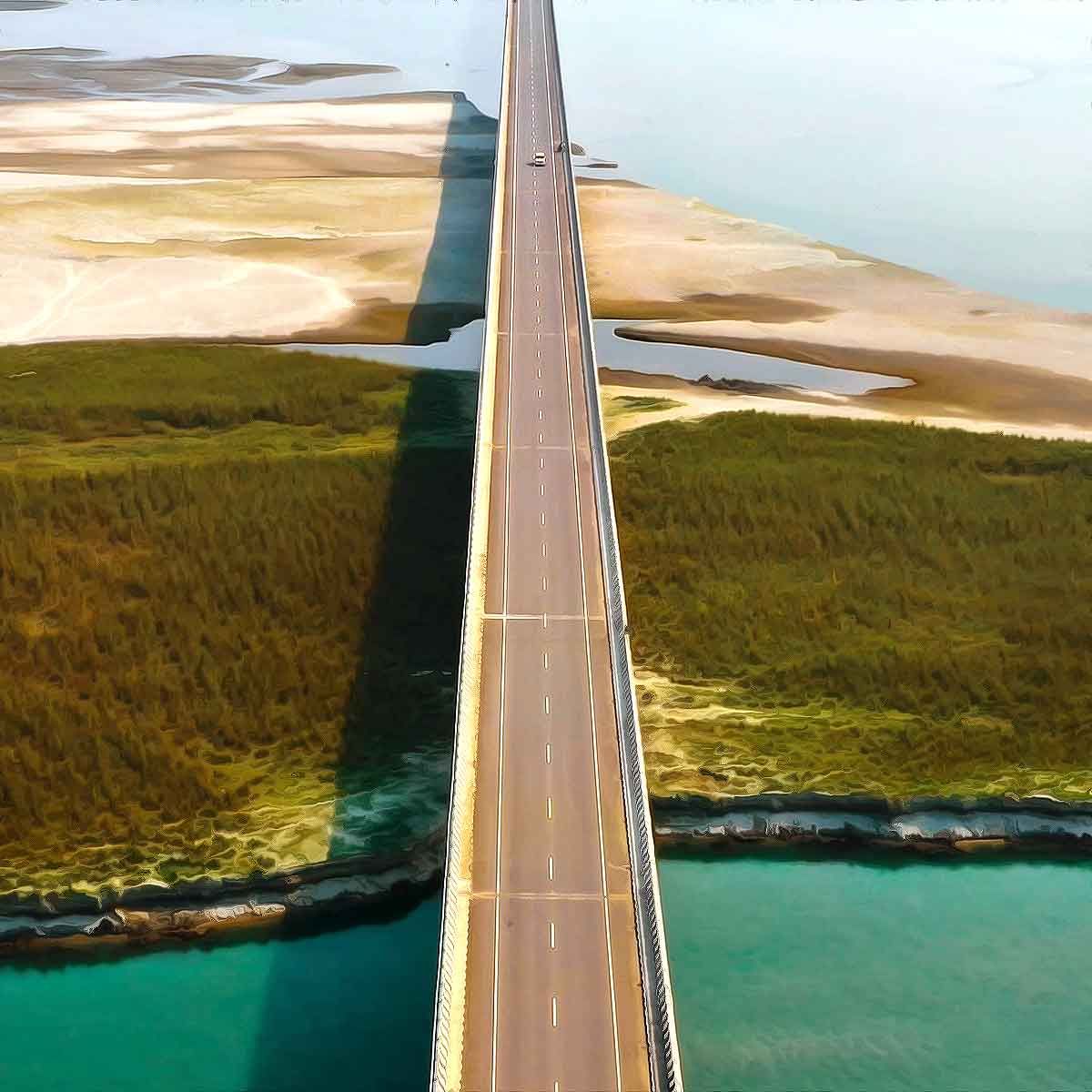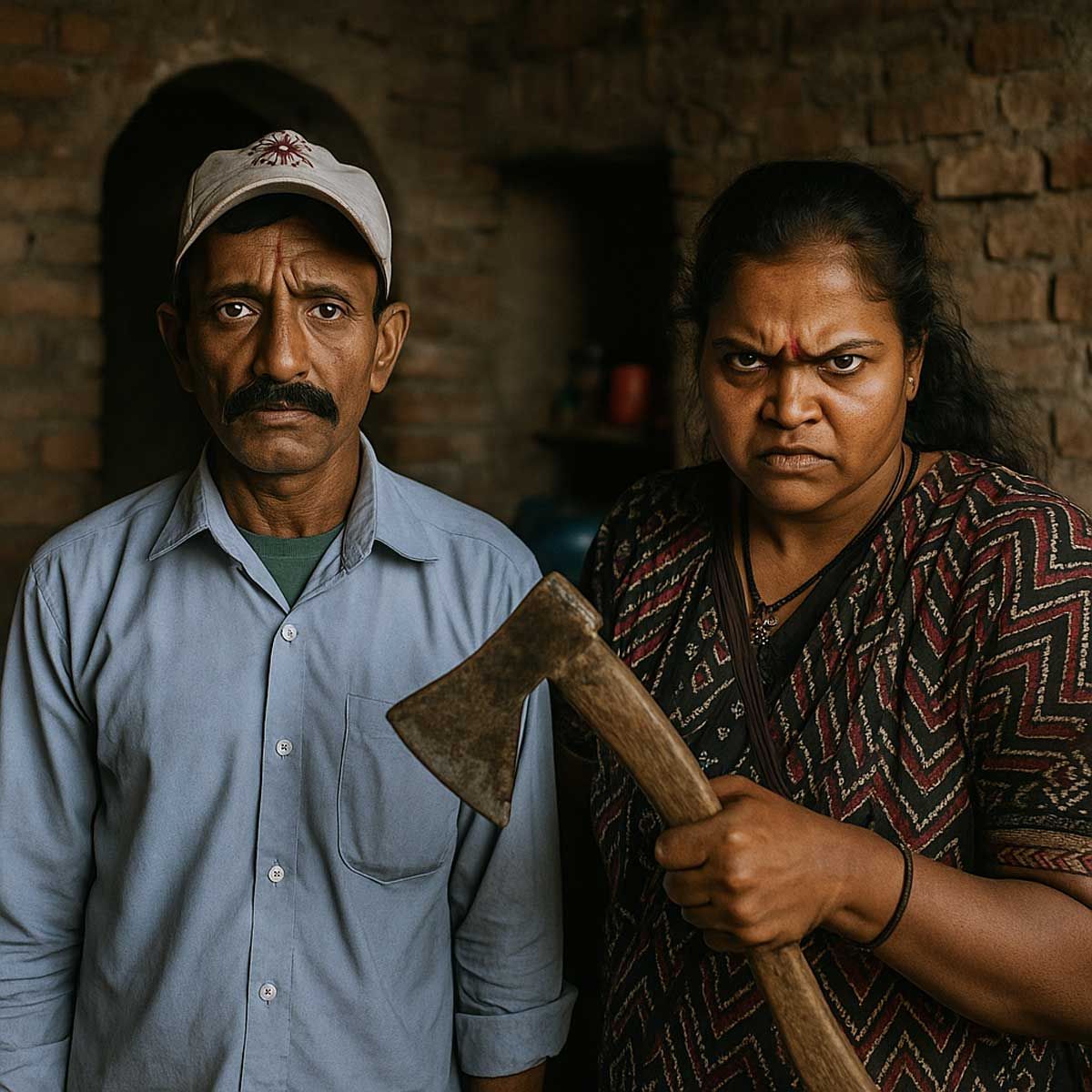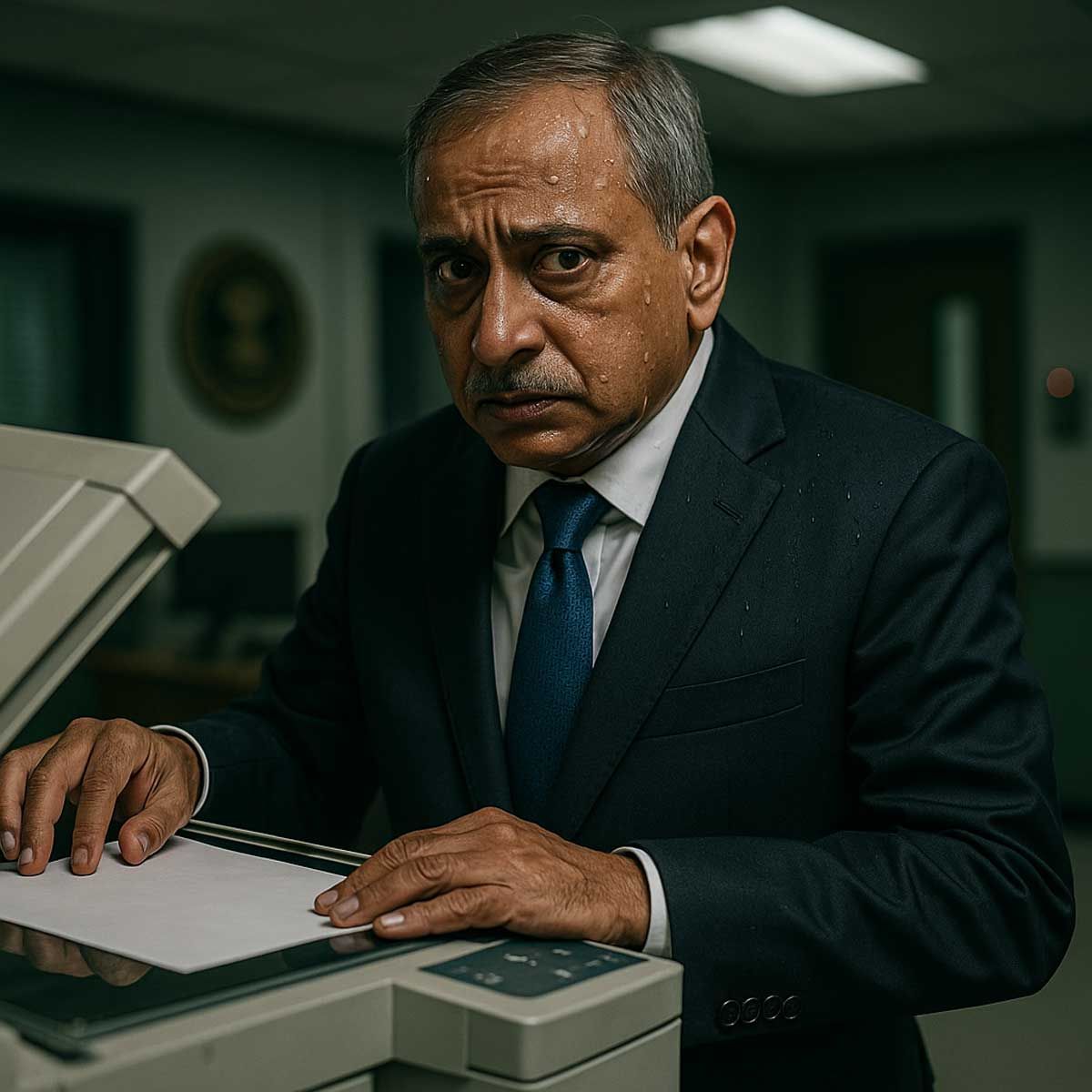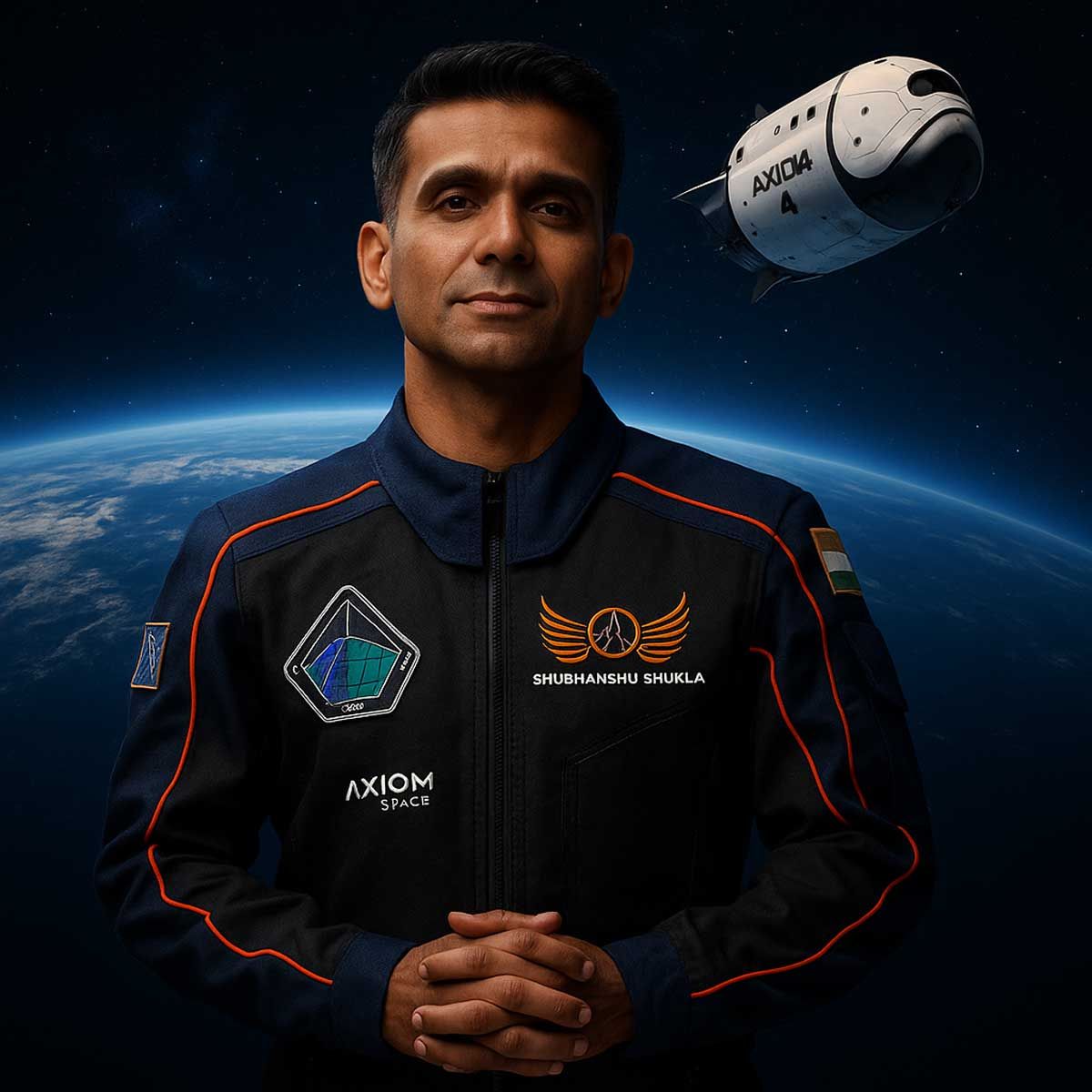More Coverage
Twitter Coverage
Satyaagrah
Written on
Satyaagrah
Written on
Satyaagrah
Written on
Satyaagrah
Written on
Satyaagrah
Written on
JOIN SATYAAGRAH SOCIAL MEDIA
"Discipline is the bridge between goals and accomplishment": The Dhola Sadiya Bridge (Bhupen Hazarika Setu) connecting Arunachal Pradesh and Assam and reducing 165 km of distance is the longest bridge in India where length of the bridge alone is 9.150 km

The Dhola-Sadiya Bridge, also known as the Bhupen Hazarika Setu, is a road bridge that spans the Brahmaputra River in the northeastern Indian state of Assam.
|
The bridge connects the towns of Dhola and Sadiya in the Tinsukia district of Assam, and it is the longest bridge in India spanning 9.15 kilometers. The bridge was inaugurated on May 26, 2017, by Prime Minister Narendra Modi, and it has since become a significant landmark and infrastructure project for the region.
With the rapid movement of India's defense assets in mind following incursions by the Chinese Army, the Dhola–Sadiya Bridge has been designed to handle the weight of 60-tonne (130,000-pound) tanks such as the Indian Army's Arjun and T-72 main battle tanks. Since the Sino-Indian War, China has disputed India's claim to Arunachal Pradesh, politically and militarily, along the Line of Actual Control, making the bridge an important tactical asset in the ongoing dispute.
The construction of the Dhola-Sadiya Bridge was a massive undertaking that required the collaboration of several government agencies, engineering firms, and construction companies. The project was initiated in 2011 by the Ministry of Road Transport and Highways as part of a broader plan to improve transportation infrastructure in the northeastern region of India. The bridge was designed and constructed by the Indian construction firm, Navayuga Engineering Company Limited.
The bridge's construction was challenging due to the Brahmaputra River's volatile nature, which is prone to severe flooding during the monsoon season. The construction team had to overcome several technical and logistical challenges, including constructing the bridge's foundation on a riverbed that was up to 200 meters deep. The construction team also had to contend with the river's strong currents, which made it challenging to transport construction materials and equipment to the site.
Construction
The Ministry of Road Transport and Highways started a feasibility study of the project in August 2003 after demands from local constituents. In January 2009, the bridge was approved for construction with funding from the Government of India as part of the Arunachal Pradesh Package of Roads and Highways.
Construction began in November 2011 as a public-private partnership with Navayuga Engineering Company, with an expected completion in 2015. However, due to construction delays and cost increases, the bridge's completion date was pushed into 2017.
The project cost around ₹1,000 crore (equivalent to ₹12 billion or US$156 million in 2020) and construction took over five years to complete. It is 3.55 kilometers (2.21 mi) longer than the Bandra Worli Sea Link in Mumbai, making it the longest bridge in India.
The bridge was inaugurated on 26 May 2017 by Indian Prime Minister Narendra Modi and Nitin Gadkari (Minister of Road Transport and Highways). The bridge is named after Bhupen Hazarika an artist and filmmaker from Assam.
The Dhola-Sadiya Bridge is a significant achievement in Indian infrastructure development, as it has several benefits for the region's economy and connectivity. The bridge has reduced travel time between Dhola and Sadiya from six hours to just one hour, making it easier for people to access essential services such as healthcare and education. The bridge has also improved connectivity between Assam and Arunachal Pradesh, which was previously only accessible through a narrow mountain road. The bridge has boosted trade and commerce in the region, providing a critical link between the Brahmaputra Valley and the northeastern states of India.
The Dhola-Sadiya Bridge is also significant from a strategic and national security perspective. The bridge is located close to the border with China, and it has improved the Indian military's ability to deploy troops and equipment in the region quickly. The bridge is capable of supporting the movement of heavy military vehicles, and it has reduced the time required to transport military personnel and supplies to the region.
In conclusion, the Dhola-Sadiya Bridge is a remarkable engineering feat that has transformed transportation and connectivity in the northeastern region of India. The bridge's construction was a massive undertaking that required significant resources and expertise, and it has since become a symbol of India's infrastructure development and technological capabilities. The bridge's strategic and economic benefits have made it a critical infrastructure project for the region, and it will continue to play an essential role in the region's development and progress in the years to come.
|
 Support Us
Support Us
Satyagraha was born from the heart of our land, with an undying aim to unveil the true essence of Bharat. It seeks to illuminate the hidden tales of our valiant freedom fighters and the rich chronicles that haven't yet sung their complete melody in the mainstream.
While platforms like NDTV and 'The Wire' effortlessly garner funds under the banner of safeguarding democracy, we at Satyagraha walk a different path. Our strength and resonance come from you. In this journey to weave a stronger Bharat, every little contribution amplifies our voice. Let's come together, contribute as you can, and champion the true spirit of our nation.
 |  |  |
| ICICI Bank of Satyaagrah | Razorpay Bank of Satyaagrah | PayPal Bank of Satyaagrah - For International Payments |
If all above doesn't work, then try the LINK below:
Please share the article on other platforms
DISCLAIMER: The author is solely responsible for the views expressed in this article. The author carries the responsibility for citing and/or licensing of images utilized within the text. The website also frequently uses non-commercial images for representational purposes only in line with the article. We are not responsible for the authenticity of such images. If some images have a copyright issue, we request the person/entity to contact us at This email address is being protected from spambots. You need JavaScript enabled to view it. and we will take the necessary actions to resolve the issue.
Related Articles
- "In unity there is strength; in partnership, there's power": India-UAE economic alliance marks turning point in their shared history, CEPA to boost trade, stimulate investments & fortify economies, advancing both nations towards mutual growth & prosperity
- "Shine like the universe is yours": Delhi's Pragativ Maidan, home to the ITPO undergone a stunning transformation ahead of the G20 Leaders meetings, flaunting modern design & world-class facilities, the venue is set to make India shine on the global stage
- Semiconductor Titans, Micron, Applied Materials, and Lam forging robust alliances with India, unveiling monumental billion-dollar investments to significantly bolster India's Semiconductor Mission and usher a future of unprecedented tech advancements
- "New dynamism in ties": In Jakarta, PM Modi calls for a new rules-based order in the post-Covid era, emphasizing the critical role of the ASEAN-India partnership in shaping the resurgence of Asia in the 21st century and fostering global growth
- "नई उड़ान": Bharatiya Vayuyan Vidheyak, 2024, replaces the Aircraft Act, 1934, modernizes aviation laws, empowers DGCA, BCAS, AAIB, adds penalties, regulates design, and Aviation Minister K Naidu schools INDI Alliance for opposing the Hindi name
- "In the market's good mood, fortunes are made and dreams are realized": Indian Tractor Sales soar to Unprecedented Heights by hitting all-time-high record of 9.44 lakh units in FY23, up 12% compared to last year, Brands achieve record-breaking figures
- "The future belongs to those who believe in the beauty of their dreams": IndiGo made history with a monumental aircraft order worth $50billion marking the largest order ever in the aviation industry highlighting unprecedented growth of air travel industry
- Highest annual Foreign Direct Investment inflow of USD 83.57 billion recorded by India in FY21-22, IT sector bags the largest share: proves that India is growing as a desirable destination for international investment
- "Global trust, local talent: India's invitation to the semiconductor world": PM Modi announces that India's moment has arrived in the semiconductor, Global leaders unite in praise as India gets ready to take center stage in the semiconductor industry
- "Experience the majestic 'Yashobhoomi', an emblem of India's advancements in global conventions and expos, developed with a budget of Rs. 5400 crore, it encompasses 73,000 sqm, featuring 15 convention rooms with the capacity to host 11,000 delegates
- “The Sea, once it casts its spell, holds one in its net of wonder forever”: A new era in cruise tourism and maritime trade across the nation started with the launch of India’s first international tourist cruise ship from Chennai to Sri Lanka
- Civil aviation of UP Govt signed a lease agreement with the Airports Authority of India For Construction Of Maryada Purushottam Shri Ram International Airport At Ayodhya: CM Yogi compared the airport to ‘Pushpak Viman'
- "बिजली गिराने मैं हूँ आयी": Adani Power will completely stop electricity supply to Bangladesh if $846M in dues aren’t paid by November 7; earlier, 50% of the supply was cut, worsening Bangladesh’s energy crisis amid ongoing fuel and dollar shortages
- "Innovation is the calling card of the future": Jaldost, a revolutionary airboat by Bengaluru's National Aerospace Laboratories, powers through aquatic weeds, carving the path towards preserving cleaner water bodies, a testament to indigenous innovation
- "As dreams meet destiny, the world watches with bated breath": Srinagar beams under the global spotlight as the enchanting Kashmir readies for Miss World 2023, 'Mind-blowing' echoes Karolina Bielawska, encapsulating the valley's mesmerizing allure





























